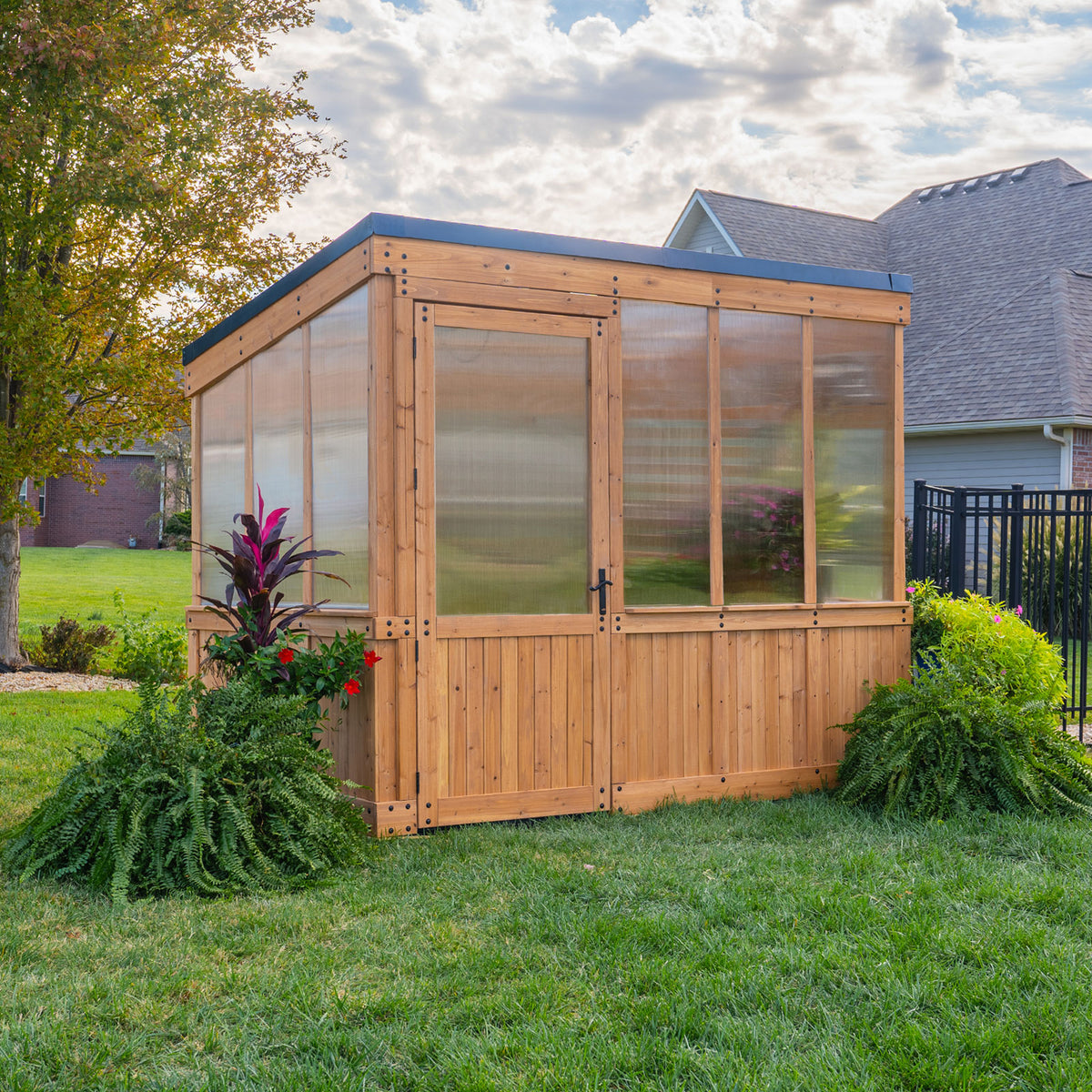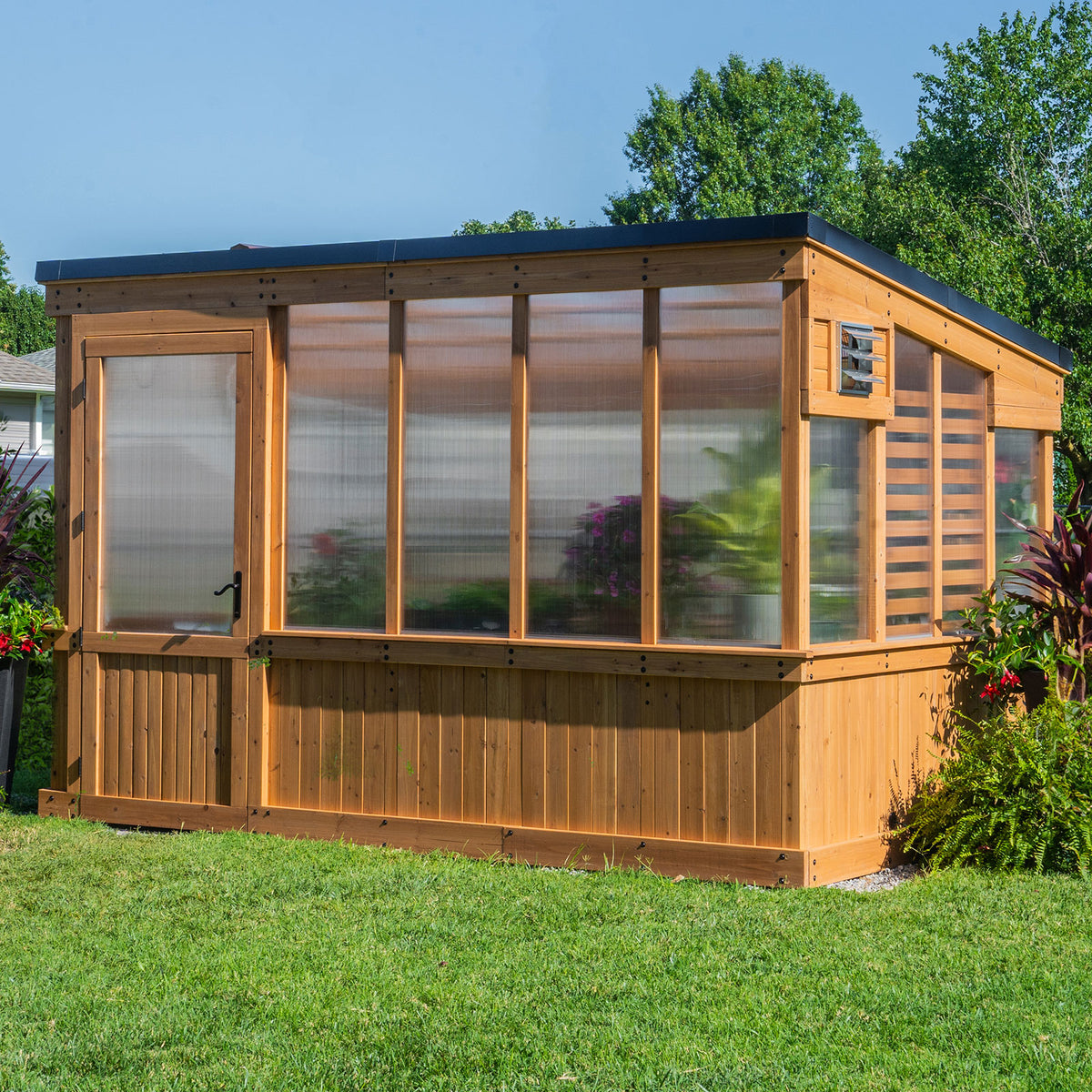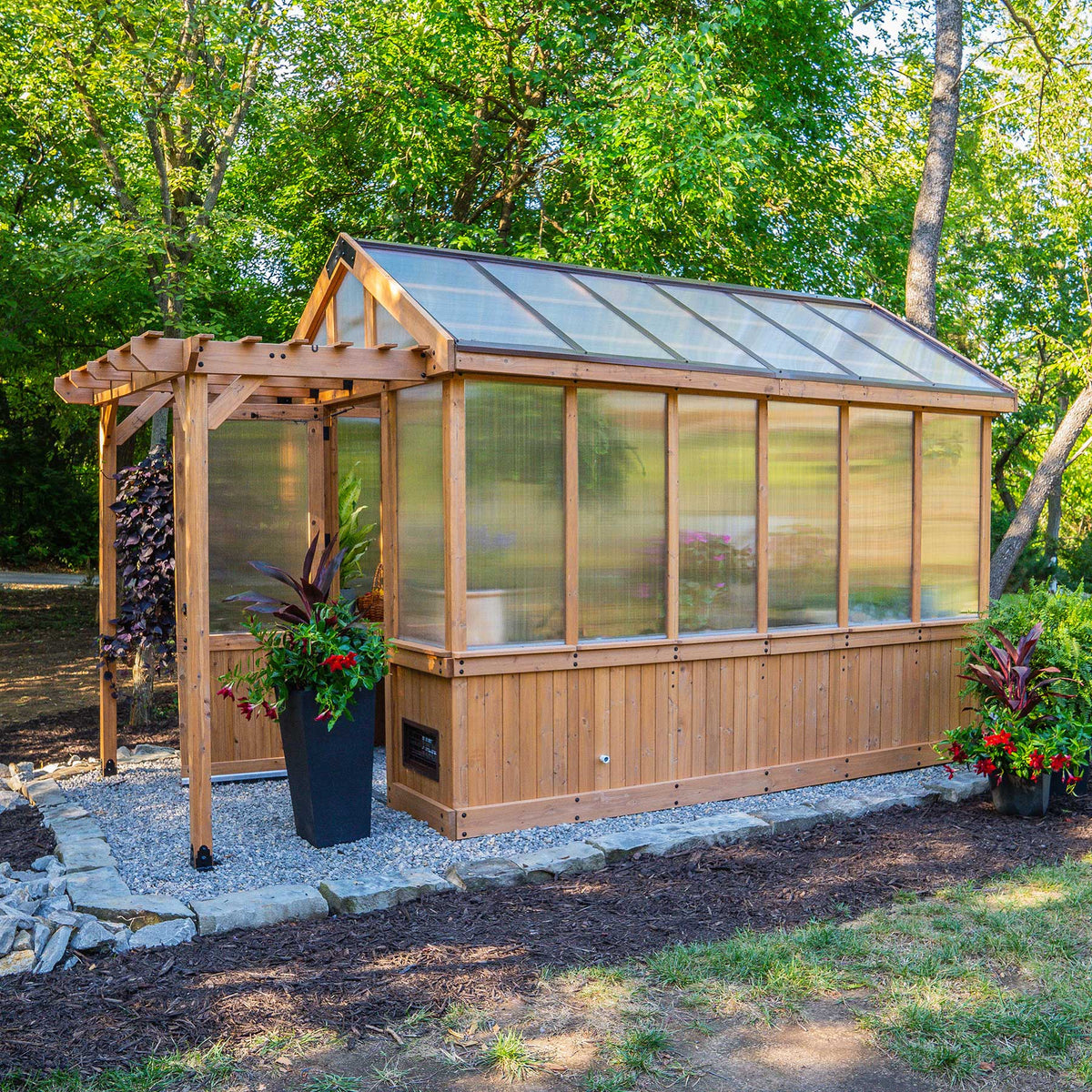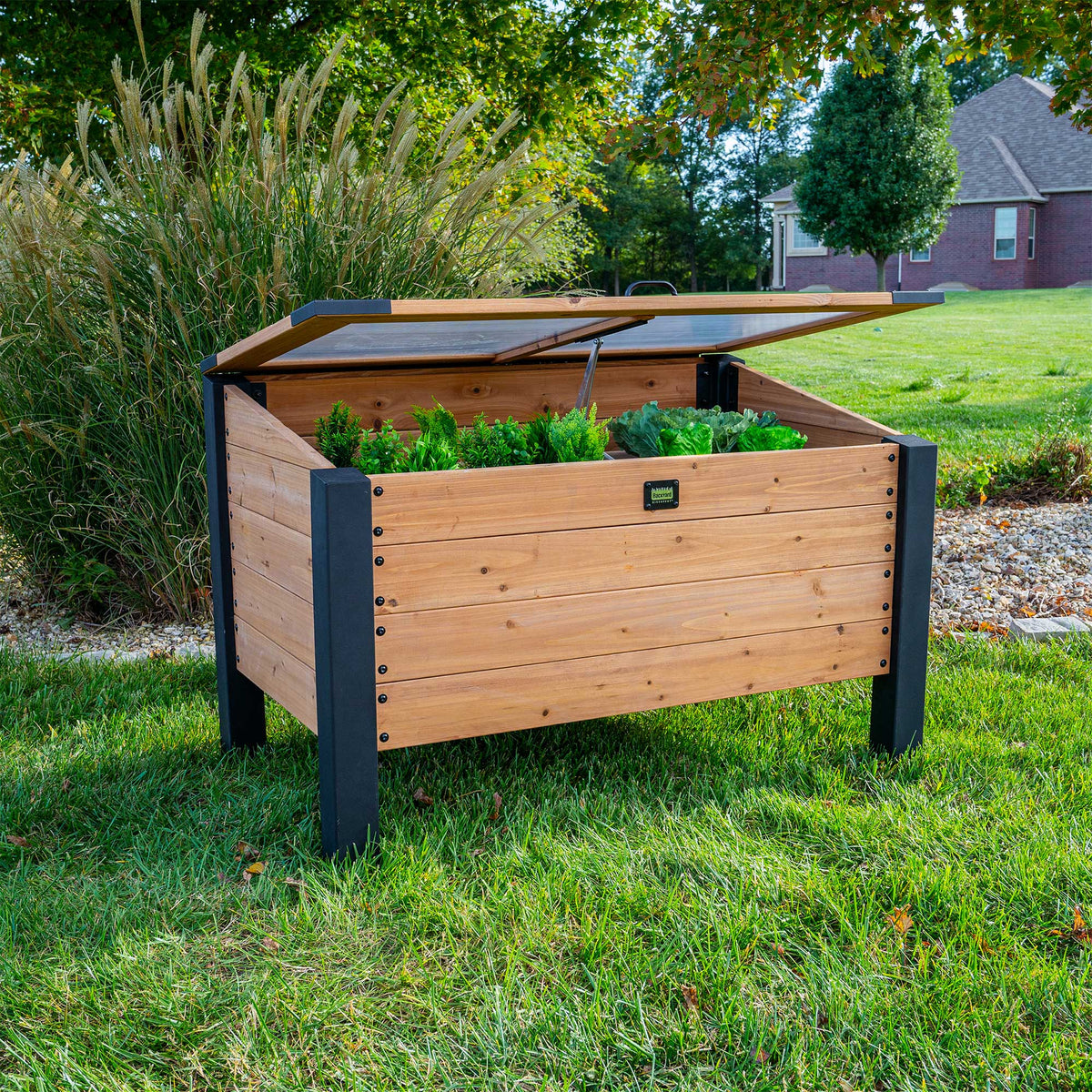How Do Greenhouses Work In The Winter?

Have you been wanting to extend your growing season? You consider yourself a passionate expert and are ready for the next step. Perhaps you’ve considered a greenhouse but are hesitant about whether or not they’ll really hold up in the winter.
Making the decision to buy a greenhouse can be a daunting one, especially if you aren’t sure about those chilly months. If you’ve ever wondered “Can I use a greenhouse year-round?”, believe it or not, the answer is yes. You just have to know what you’re looking for.
Here are a few things you can look for that will help you find a winterproof greenhouse.
Roof Strength
One thing you’ll want to look for in a quality greenhouse is a roof that will withstand the elements. If you live in an area that gets snowfall, this is especially important. Find a greenhouse that has roof strength as part of its warranty, and a roof that holds about 50 pounds per square foot.
Doing so will give you peace of mind that once you assemble it, you know your greenhouse can withstand snow and won’t warp or buckle during heavy snowstorms.
Wind Resistance
Strong winds can easily topple a greenhouse that isn’t built to last. High winds can happen during storms in all seasons, and you want your greenhouse to be able to stand tall during those storms.
A greenhouse certified to withstand up to 100 mph winds will rarely if ever be tested. Don’t cut corners on this, as it could end up resulting in a costly repair.
Heat Retention
You’ll need to add heat to your greenhouse if you want to use it in the winter in most areas. You can add heat through passive solar heating with water or bricks, or force heat with an electric heater, but not all greenhouses are created equal. You’ll want to find a greenhouse that is effective at retaining the heat.
Polycarbonate panels are natural heat insulators, and while they are not a heat replacement, they can retain heat at a higher rate than other materials, such as glass. There are many grades of polycarbonate. Look for a 4-wall construction on the roof and window panels, which will provide upwards of 30% better heat retention when compared to a commonly used double-wall in other greenhouses. This means, depending on the weather, you may be able to get by an extra few weeks in both the Spring and Fall without adding heat. In the winter, you can take comfort in knowing your greenhouse can more efficiently hold on to the heat, saving you money and your plants.

Rot-Resistant Material
If you’re looking for a greenhouse that requires little exterior maintenance, make sure you hunt for one that’s rot-resistant. Greenhouses made of wood often blend in nicely with the aesthetic of a backyard, but you don’t want the wood to begin to rot during the first rain or snow.
Cedar is an example of a durable, strong wood that is naturally rot-resistant. So while you may have to apply a sealant once a year, maintenance is minimal.
Add A Greenhouse From Backyard Discovery For Peace-Of-Mind In The Winter
Backyard Discovery’s new line of greenhouses — The Bellerose, the Willow and the Zalie — are ideal options for withstanding harsh winter conditions. Each is PRO-TECT™ Tested and Proven to withstand up to 100 mph winds and thousands of pounds of snow load, backed by an industry-leading five-year warranty. In addition, their commercial-grade polycarbonate walls retain up to 30 percent more heat than standard double-wall polycarbonate, and their rot-resistant cedar construction provides natural longevity with minimal maintenance required.
These greenhouses come equipped with all the essentials, including a temperature-activated exhaust fan, interior and exterior hose hook-up, passive window ventilation, a PowerPort™ and foldable staging shelves on select models. All that’s missing is you!



